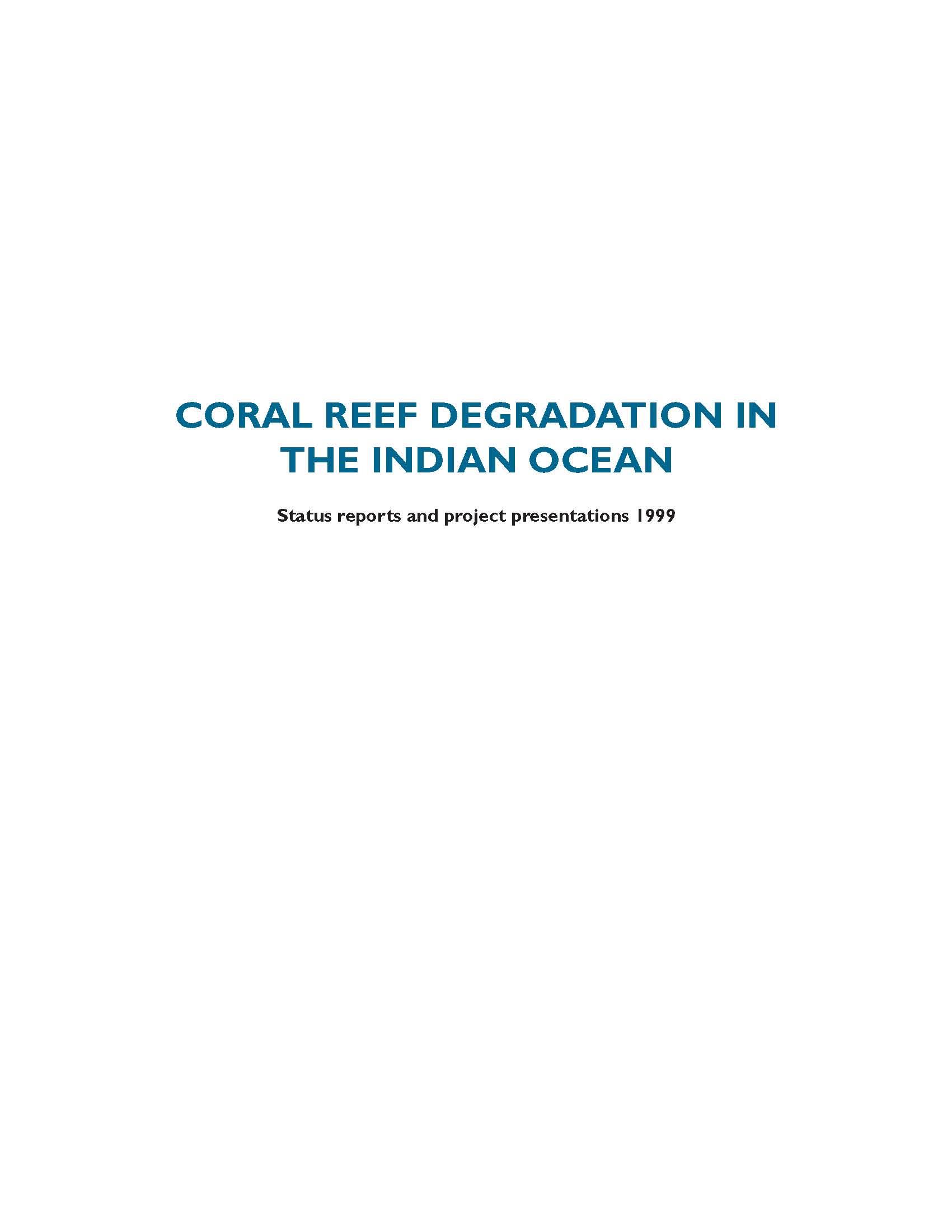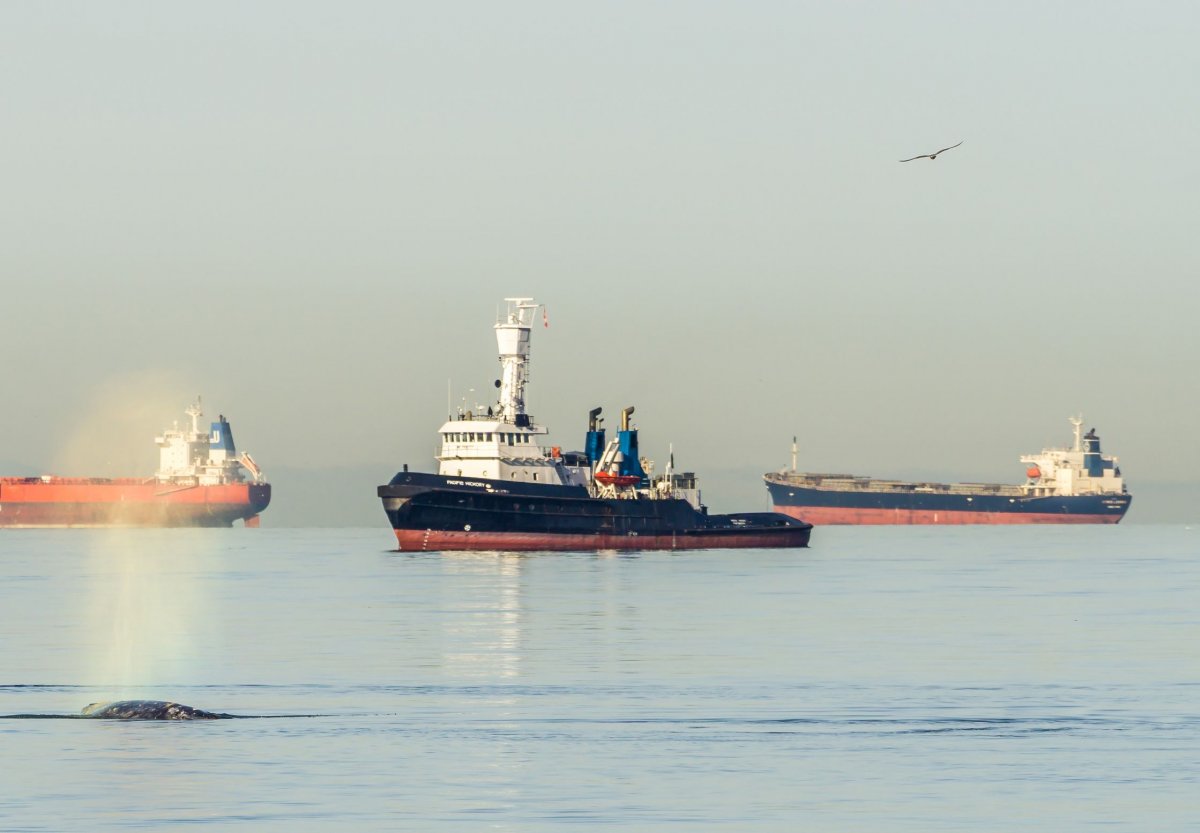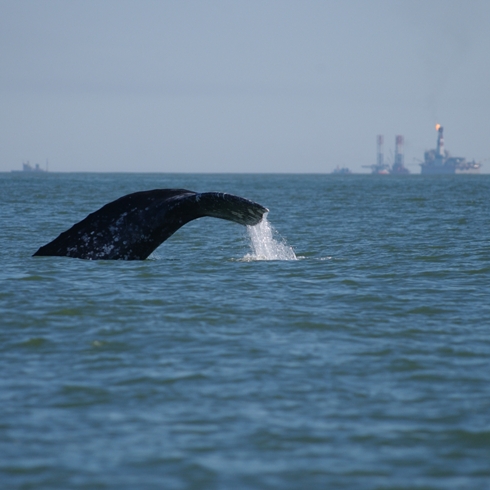CORDIO Status Report 1999
This report provides timely and important information on the extent of coral mortality throughout the Indian Ocean.

Photo: CORDIO
Corals as organisms and coral reefs as structures and ecosystems have fascinated scientists for centuries. Charles Darwin became well-known among natural scientists long before the publication of The Origin of Species, partly because of his studies of coral reefs and coral islands. Undoubtedly, this fascination for coral reefs is a direct result of the tremendous diversity of species, exemplified by the overwhelming number of fish of all shapes and colours, that inhabit the world’s richest marine ecosystem.
Fundamental to the existence of coral reefs is the symbiosis between the reef-building coral polyp and the algae, known as zooxanthellae, that resides within the tissue of the polyp. From an ecological point of view, coral reefs provide opportunities to observe interactions, such as predation, competition and synergism, between reef-dwelling organisms, which furthers our understanding of community ecology. The formation of structures like reefs and islands of coral sand also provide prime examples of interaction between biology and geology.
Films depicting coral reef communities have become very popular with the general public. This has not only made coral reefs more attractive as tourist destinations, it has also increased the general awareness of how these ecosystems function and how important they are globally. For the human inhabitants of coastal and island communities in tropical and subtropical regions of the world, coral reefs provide the very basis for a sustainable livelihood. However, activities such as dynamite fishing, deforestation causing siltation, intentional use or accidental spill of chemicals, intensive tourism and the capture and trade of ornamental fishes threaten these peoples livelihoods and endanger a large proportion of the world’s coral reefs, especially those adjacent to human populations. In addition, thermal pollution from power plants and the chemical industry has contributed to coral damage in some industrialised areas.
When corals become stressed, a typical response is “bleaching” and it occurs when the symbiotic algae are lost from the tissue of the coral polyp. For short periods, the polyp can survive without the algae, but unless the situation that caused the bleaching improves and new algae are incorporated into the tissue, the coral will die. Once dead, the reef is rapidly overgrown by other types of algae and the reef framework is eroded through actions of boring organisms. In certain regions of the world, intact coral reefs act as barriers that protect coastal areas from oceanic waves. When the reef framework is degraded, the reef is no longer able to prevent the passage of oceanic waves and, as a consequence, some islands and beaches may be severely eroded.
The destruction of coral reefs can also result in drastic changes in the fish populations associated with these ecosystems. When a reef is healthy, species of fish that eat coral are abundant. However, when a reef becomes degraded and many of the corals die and become overgrown by algae, corallivorous fish are replaced by fish that are algal grazers. If the reef degenerates further, reef dwelling species of fish may disappear and be replaced by species that are pelagic. Ultimately, biodiversity, in terms of species of fish, shellfish and other reef inhabitants, plummets. This leads to a drastic reduction in the catch of desired reef dwelling fish by local fishermen that use traditional fishing methods. As a consequence, the food security of those dependent on coral reef fisheries is compromised, thereby increasing the risks of poverty.
There have been reports of coral bleaching in the past. However, the magnitude of the 1998 coral bleaching event, that resulted in massive death of corals in the Indian and Pacific Oceans and the Caribbean Sea, has never been reported before. Despite a strong correlation with extreme temperatures, the exact causes of coral bleaching are not entirely clear. Therefore, it is imperative, because of the importance of coral reefs for the food security and economy of human populations in tropical coastal and island communities of our globe, that understanding the reasons for coral bleaching be given the highest priority. Furthermore, there are general lessons to be learned from this mass mortality of corals as to the nature of stability and sensitivity of complex ecosystems. Such knowledge may prove invaluable in achieving sustainable development in a world experiencing widespread climatic change.
The data contained within the report will provide a valuable reference point that will enable us to determine the environmental and socio-economic consequences of the 1998 bleaching event. The findings of the report provide an important contribution to the design of future initiatives to alleviate ecological and socio-economic impacts of coral bleaching. The CORDIO program fulfils an important role and merits full support.



